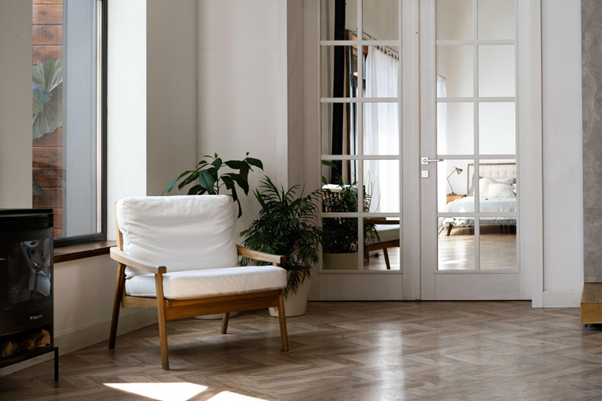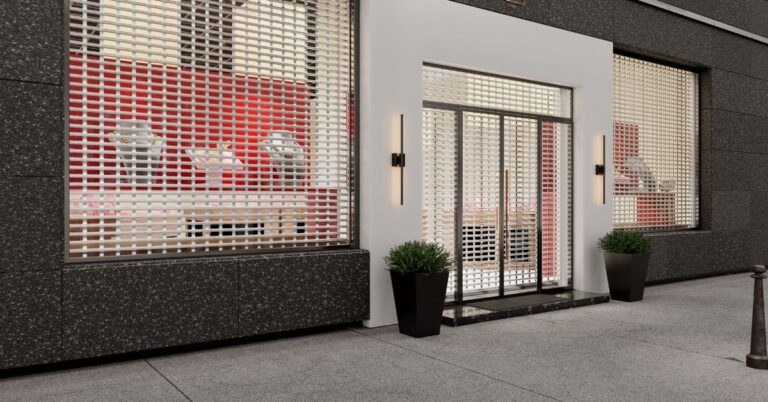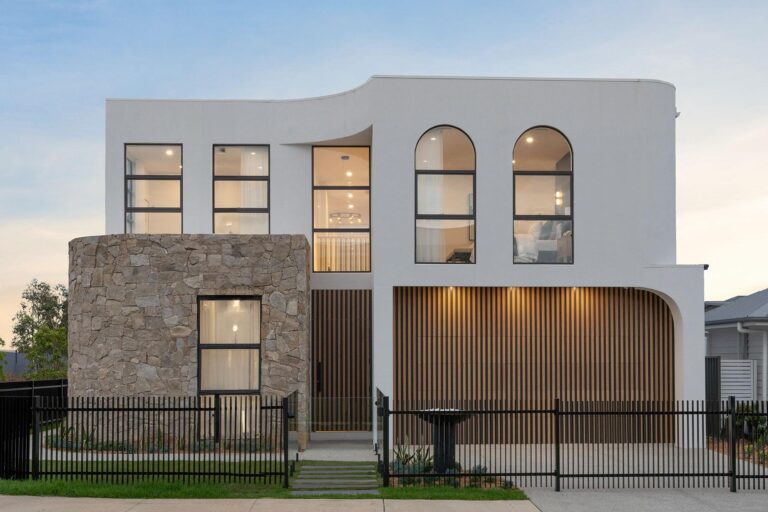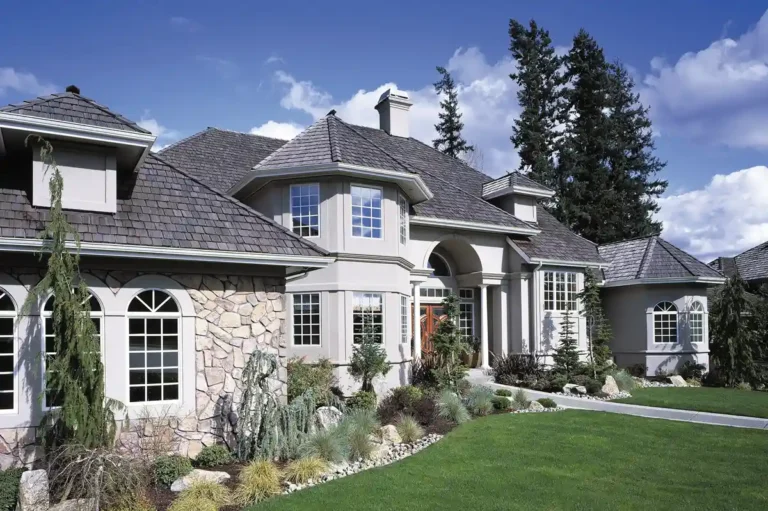Scandinavian minimalism has only grown more popular as one of the most desirable home decorating trends. Its simple lines, subdued color palette, and utilitarian design appeal to those who want serene, untidy rooms that also remain cozy and welcoming. This looks more prevalent in living room design, where aesthetics and comfort meet. By embracing this philosophy, you can turn your home’s focal point into a space that is peaceful, ageless, and functional.
The Aesthetic of Scandinavian Minimalism
Essentially, Scandinavian minimalism is functionality and simplicity. Rather than covering up the space with too much, it relies on what’s essential to help foster form and function. Light neutral color scheme, natural textures, and unadorned furniture pieces are the royalty of this style. The outcome is the interior design that’s clean but never chilly, elegant but never stifling.
One of the most characteristic aspects of Scandinavian rooms is making use of natural light. Sheer curtains, wide windows, and pale walls diffuse light into the room. To further emphasize this, floor and furniture employ pale wood finishes or soft laminate alternatives that simulate natural texture. This combination of light and material strikes the tone for a room that is unbroken and open.
Designing a Minimalist Living Room
Bringing Scandinavian minimalism to the living room design means decluttering. Whatever occupies the room needs to have a function or an aesthetic purpose. Use pieces of furniture with lean profiles and avoid unnecessarily bulky items. A simple sofa, a low-slung coffee table and some accent chairs typically do the trick.
Colours are muted—whites, greys, beiges, and soft pastels. To keep the room from seeming two-dimensional, add texture in the form of rugs, pillows, or wall coverings. Add depth without disrupting the minimalist colour scheme by adding a wool throw, linen pillow, or a texturized laminate tabletop on a shelf. Botanicals also play a major role in Scandinavian interiors, introducing natural bursts of life and freshness.
Role of Interior Design Principles
Minimalism thrives on thoughtful planning and that is why good interior design principles are imperative. Furniture has to be positioned to ensure both flow and comfort are equally present. Open floor plans encourage relaxation and make the room look bigger than it actually is.
Light is equally important when it comes to interior design. Beyond natural light, Scandinavian minimalism often incorporates layered artificial lighting—floor lamps, pendant lights, and wall sconces in simple forms. Warm-colored bulbs provide a cozy touch to the space.
Materials That Define the Look
Natural materials establish the character of this style. Light wood is often used on floors, in furniture, and as accent pieces. But properly constructed laminates are a less expensive yet longer-lasting option without the loss of the warmth of natural elements. They withstand daily use and come in many finishes ranging from oak-grained to matte white that blend into minimalist spaces easily.
Stone and ceramic touches are also used, usually in tabletops and decorative pieces. Soft textiles in subdued hues finish the look, providing comfort as well as simplicity.
Why Scandinavian Minimalism Works
The charm of Scandinavian minimalism is that it’s timeless when it comes to interior design. It does not chase fleeting trends but is based on the feeling of simplicity and balance. The style is also flexible; one can add subtle personal touches without ruining its integrity. Add a dash of color in the form of painting on a neutral background; or place a bold pillow on the sofa to enhance the room’s decor. A perfect way to convert the living room into a sanctuary from the day-to-day hustle and bustle, not only does it make the space lively but also spanking new.
Royale Touche’s Scandinavian Touch
Royale Touche provides a variety of laminates in different finishes and colors to suit Scandinavian minimalism. Its finishes replicate natural wood and soft stone textures, which make the laminates an excellent material for furniture, shelves, or accent walls in a minimalistic environment. Offering both elegance and durability, Royale Touche s enable homeowners to design a calming and sophisticated look that characterizes this style.
Scandinavian minimalism transforms the living room design by focussing on simplicity, functionality, and coziness. By conforming to its principles when designing living rooms, one can achieve a space that is not only well-organized to look at, but also cozy to receive guests. Backed by the right materials like multi-functional laminates, and augmented by good interior design decisions, your living room is a haven of comfort and durability.










